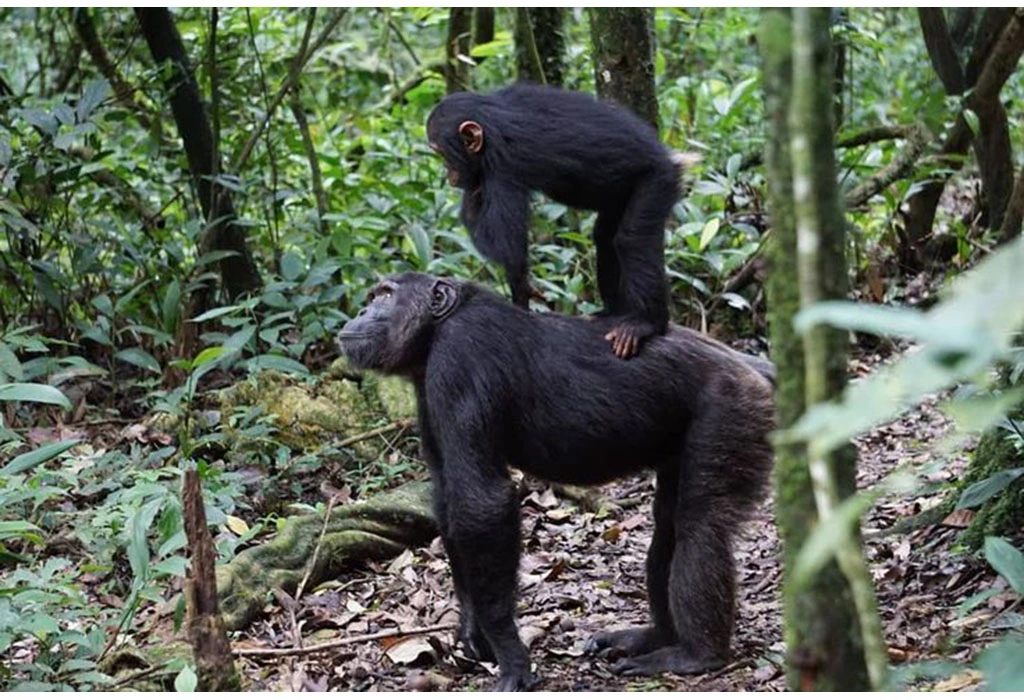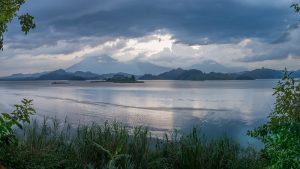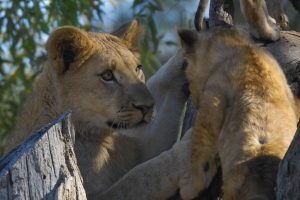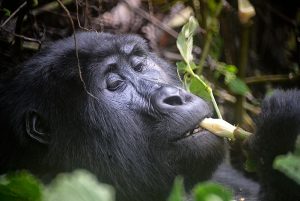Chimpanzee Trekking in Rwanda
Chimpanzee trekking in Rwanda is an exhilarating experience, offering travelers a rare opportunity to observe these intelligent primates in their natural habitat. If you’re planning a trip to Rwanda for this unique adventure, one of the most common questions you might have is: What is the age limit for chimpanzee trekking in Rwanda? In this guide, we’ll answer that and much more.
What Is the Age Limit for Chimpanzee Trekking in Rwanda?
The minimum age required for chimpanzee trekking in Rwanda is 15 years. This restriction is strictly enforced by the Rwanda Development Board (RDB) to ensure the safety of both trekkers and the chimpanzees.
But why is this age limit in place? There are several reasons:
- Physical fitness: Chimpanzee trekking requires navigating dense forests with rugged terrain, which may be challenging for younger children.
- Behavioral concerns: Children are naturally curious and may struggle to follow the strict guidelines set for trekking, such as maintaining silence or keeping a safe distance from the animals.
- Disease transmission: Chimpanzees share about 98% of their DNA with humans, making them susceptible to human illnesses. Young children may not have the necessary discipline to follow hygiene precautions.
If you’re traveling with children under 15, don’t worry! Rwanda offers plenty of family-friendly wildlife experiences, which we’ll cover later in this guide.
Where Can You Go Chimpanzee Trekking in Rwanda?
Rwanda is home to one of the most stunning primate habitats in Africa: Nyungwe National Park. This ancient rainforest, located in the southwest of Rwanda, is a biodiversity hotspot and a paradise for primate lovers. The Cyamudongo Forest, an isolated section of Nyungwe, is particularly popular for chimpanzee trekking, as it has a well-habituated group of chimps that are easier to track.
Trekkers typically start early in the morning, as chimps are most active during the early hours. The trek can last anywhere from 2 to 5 hours, depending on how quickly the chimps are located. Once found, visitors are allowed to spend a maximum of one hour observing them.
How to Prepare for Chimpanzee Trekking in Rwanda
Preparation is key to ensuring a successful chimpanzee trekking experience. Here’s what you need to know:
-
Get Your Chimpanzee Trekking Permit
Chimpanzee trekking permits in Rwanda cost between $90 and $250 per person, depending on the visitor category and the time of year.
Cost by visitor category
East African citizens: $25
Rwandan nationals: RWF 5000
-
Pack the Right Gear
To navigate the dense forest and unpredictable weather, bring the following:
- Hiking boots: Comfortable, waterproof footwear is essential.
- Long-sleeved shirts and pants: These protect against insect bites and scratches from vegetation.
- Rain jacket: Nyungwe’s weather is unpredictable, and sudden downpours are common.
- Hat and sunscreen: The equatorial sun can be intense, even in the forest.
- Binoculars: Great for spotting other wildlife in the canopy.
- Insect repellent: Essential for keeping mosquitoes and other bugs at bay.
-
Physical Preparation
Chimpanzee trekking can be strenuous, so it helps to be in good physical shape. Engage in cardio exercises such as walking, hiking, or jogging in the weeks leading up to your trip.
What to Expect During the Trek
How Difficult Is the Trek?
The difficulty level depends on where the chimpanzees are located on the day of your trek. Sometimes, they are near the starting point, making the trek relatively easy. Other times, they move deeper into the forest, requiring a longer hike. Trekkers should be prepared for steep climbs, slippery paths, and thick vegetation.
How Close Can You Get to the Chimpanzees?
To protect both the chimps and visitors, a minimum distance of 8 meters (26 feet) must be maintained at all times. Rangers and guides will enforce this rule to prevent disease transmission and ensure the animals are not disturbed.
How Long Can You Spend with the Chimps?
Once you find the chimpanzees, you are allowed one hour to observe them. During this time, you can watch them interact, groom each other, and swing through the trees.
Alternative Activities for Families with Young Children
If you’re traveling with children under 15, you can still enjoy incredible wildlife experiences in Rwanda. Here are some options:
- Canopy Walk in Nyungwe National Park: This thrilling suspension bridge offers breathtaking views of the rainforest and a chance to spot birds and smaller primates.
- Colobus Monkey Tracking: Nyungwe is home to large troops of colobus monkeys, and there is no age restriction for tracking them.
- Kigali Genocide Memorial: For older kids, a visit to this historic site provides valuable insights into Rwanda’s past and resilience.
- Lake Kivu Boat Cruise: A relaxing way to enjoy Rwanda’s beautiful landscapes while spotting birds and local fishermen at work.
Conservation Efforts & Responsible Tourism
Chimpanzee trekking in Rwanda is not just about tourism—it plays a crucial role in conservation. By following ethical guidelines, visitors contribute to the protection of these endangered primates. Some key conservation rules include:
- Do not feed or touch the chimpanzees.
- Stay with your group and listen to your guide at all times.
- Avoid loud noises or sudden movements that could startle the animals.
- Dispose of waste properly and respect the natural environment.
Tourism revenue helps fund conservation programs, anti-poaching efforts, and community development projects, ensuring a sustainable future for chimpanzees and their habitats.
Frequently Asked Questions
Can Children Under 15 Get Special Permission for Chimpanzee Trekking?
No. The age limit is strictly enforced, and exceptions are not granted for safety and conservation reasons.
When Is the Best Time to Go Chimpanzee Trekking in Rwanda?
The best time is during the dry seasons (June to September and December to February) when the trails are less muddy, and chimpanzees are easier to track.
What’s the Difference Between Gorilla and Chimpanzee Trekking?
While both experiences involve trekking in Rwanda’s forests, chimpanzees are more active and fast-moving, often staying in the trees, whereas gorillas are mostly found on the ground in smaller, more stable groups.
Final Thoughts
Chimpanzee trekking in Rwanda is a once-in-a-lifetime adventure that offers an intimate look into the lives of these fascinating primates. While the age limit of 15 years may exclude younger travelers, there are plenty of alternative activities that families can enjoy. By preparing well and following conservation guidelines, visitors can ensure a safe, ethical, and unforgettable experience.
Ready to embark on this adventure? Book your permits in advance, pack your hiking gear, and get ready to explore the incredible world of Rwanda’s chimpanzees!




